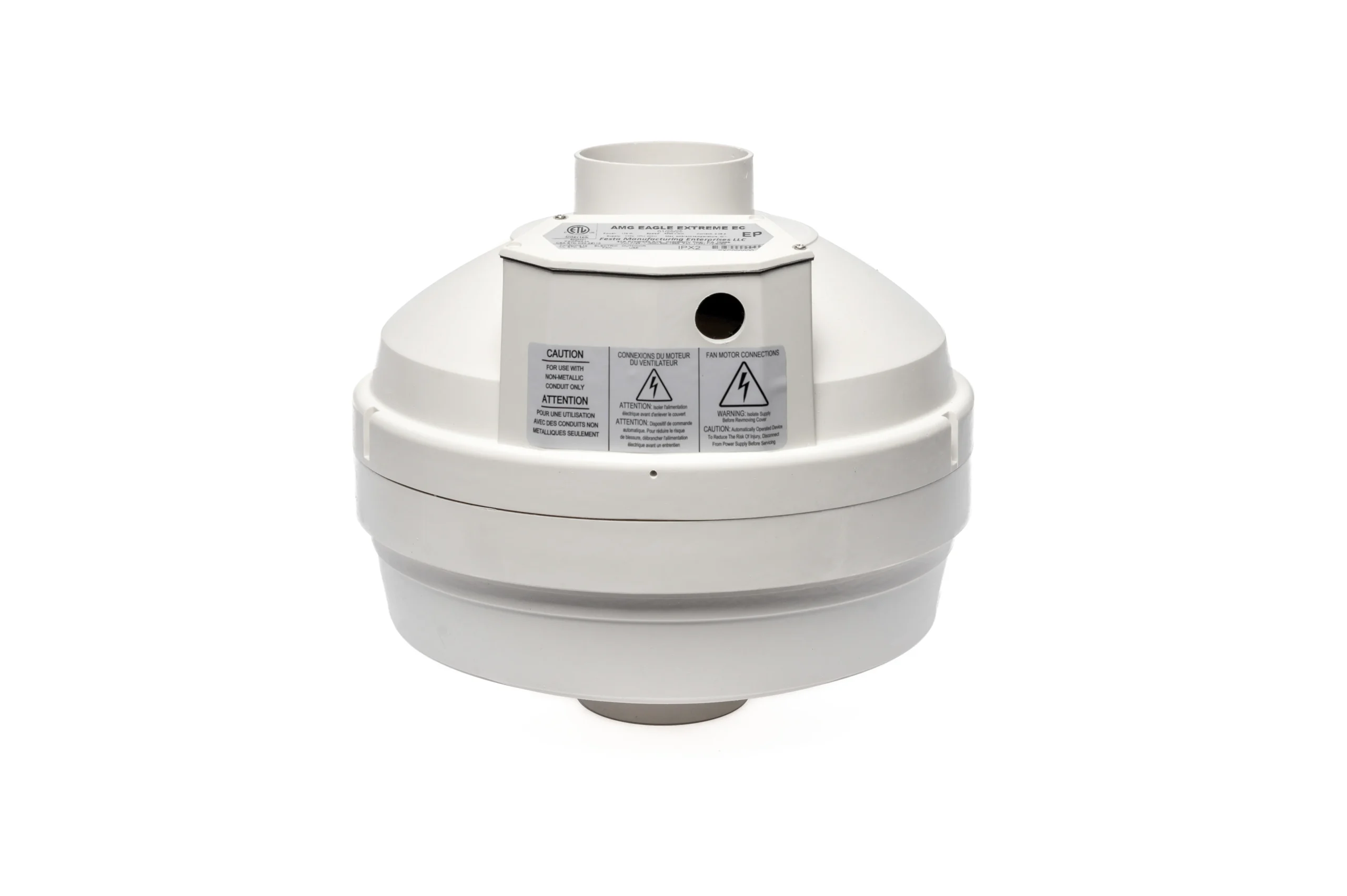
You may not think about it much, but the air inside your home can affect your health more than you expect. One hidden issue is radon gas. It’s colorless, odorless, and naturally seeps from soil into buildings. You wouldn’t notice it without testing, but long-term exposure is linked to serious health risks, especially lung cancer. That’s where radon fans near me become essential — they can make a big difference in how much radon stays trapped indoors.
How Does Radon Get Inside Your Home?
Radon comes from the breakdown of uranium in soil, rock, and water. Once released, it moves upward through cracks in foundations, gaps in floors, and around service pipes. If your home isn’t properly sealed or ventilated, radon can build up to harmful levels. Older homes and those with basements are more vulnerable, but no home is automatically safe. Even newly built ones can have high radon levels depending on the soil underneath.
What Is a Radon Fan?
A radon fan is part of a radon mitigation system. It pulls radon gas from beneath your house and vents it outside before it can enter your living space. The fan is usually installed in an attic, garage, or outside wall where it won’t interfere with daily life. It’s always working quietly in the background, constantly moving air and reducing the pressure under your home so gas doesn’t seep in.
How Do Radon Fans Work?
The system uses a pipe inserted through your home’s foundation into the soil or gravel layer underneath. A fan connects to the pipe and creates a vacuum effect that pulls the gas from the ground and vents it safely outside, usually above the roofline. This setup stops radon from ever reaching the air inside your home, keeping your indoor environment safer and cleaner.
Signs You Might Need a Radon Fan
You won’t notice radon without testing, but here are a few signs to look out for: persistent coughing, difficulty breathing, or frequent respiratory issues in your household. If these symptoms are present and there’s no other clear cause, it’s worth getting a radon test kit. Another sign is if your home is in a high-radon area or you live near natural rock formations. Testing is the only reliable way to know your risk.
Why Radon Fans Are Worth Installing
If your radon levels come back high, using a fan system is one of the most effective solutions. The fans reduce indoor radon levels significantly and continuously. They don’t require much upkeep, and once installed, they run quietly and don’t disrupt your day. The health benefits, particularly for families with young children or older adults, are well worth the cost.
Can You Install One on Your Own?
Technically, yes — but it’s not recommended. Installing a radon mitigation fan involves drilling into your foundation, properly sealing joints, and making sure the system meets local safety codes. If not done correctly, the system might not work as intended. A professional knows how to handle different types of homes and will test the system afterward to make sure it’s working right.
How to Keep Your Radon Fan Working
Once your radon fan is installed, it’s mostly maintenance-free, but you still want to keep an eye on it. Listen for strange noises or signs that it’s stopped working. Some systems come with a monitor or gauge that shows whether air is still flowing. If something seems off, call a specialist to check it. You don’t need to replace them often — a good fan can last 5 to 10 years.
Radon Fans vs. Other Home Ventilation
While general ventilation helps with fresh air, it doesn’t control radon very well. Ceiling fans or bathroom exhausts don’t have the strength to remove radon from the soil. Radon fans are made specifically to pull this gas out from underneath your home before it can spread. So if you already have other fans running, that’s great for airflow, but it won’t lower radon.
What It Feels Like to Live in a Home with Low Radon
People often say they feel more at ease knowing their home is protected. The peace of mind that comes from knowing your air is healthier can be a big relief, especially if someone in the home has a history of respiratory problems. It’s not something you’ll feel physically in the short term, but over time, lower exposure makes a big difference.
Final Thoughts:
Radon is one of those hidden dangers that’s easy to ignore — until it becomes a health problem. But a simple step like installing a radon fan can protect your home and family without a lot of hassle. It’s quiet, reliable, and works around the clock. If you haven’t tested your home yet, it’s worth doing. And if levels are high, a radon fan might be just what your household needs.